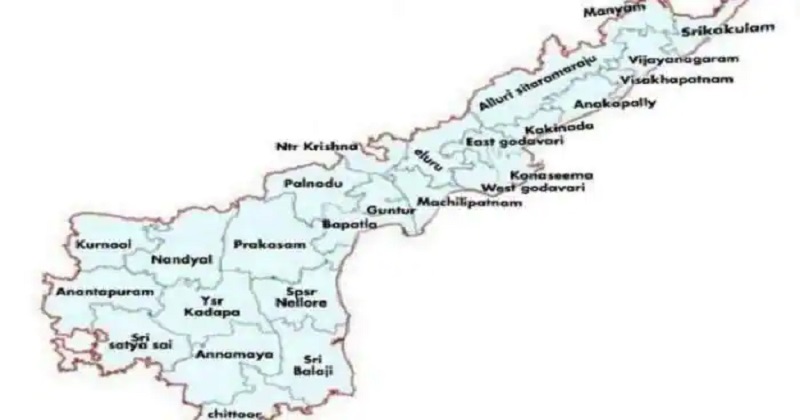
Andhra Pradesh Chief Minister Y S Jagan Mohan Reddy essentially inaugurated 13 new districts in the state on Monday, bringing the total to 26. According to the chief minister, the move will strengthen governance and service delivery. The new districts are: Parvathipuram Manyam, Anakapalli, Alluri Seetharama Raju, Kakinada, Konaseema, Eluru, Bapatla, Nandyala, Sri Sathya Sai, Sri Balaji, Annamaya, and NTR, which were created from the old 13 districts.
Addressing the gathering, he stated that people have embraced and liked the decentralized style of governance since the projects are given straight to their doorstep, and that the same is now being extended to the districts. Let us look at why the Andhra Pradesh government has formed 13 new districts and how they would benefit the administration:
Why have they formed 13 new districts?
Reddy had vowed to establish additional parliamentary constituencies if his party, the Yuvajana Shramika Rythu Congress Party (YSRCP), won the 2019 Assembly elections. Andhra Pradesh has 25 Lok Sabha seats.
With the ‘reorganisation of districts’, each district is now the same as the parliamentary constituency, with the exception of Araku, which has been divided into two districts because the CM apparently wants a greater emphasis on backward tribal regions. He has long advocated for the state to establish smaller districts. Andhra Pradesh Governor Biswabhusan Harichandan stated earlier this year that the additional districts might be established by the Telugu New Year in the first week of April.
According to the Indian Express, the government issued a draught notification under the Andhra Pradesh Districts (Formation) Act, 1974, stating that existing district borders will be modified in order to double the number of districts or revenue divisions to 26. On Monday, CM Reddy stated that decentralization and smaller administrative units will aid in improved administration, transparency, and more effective welfare delivery. The draught notification published in January said that the action was being done to improve administration and development.
‘We’ve seen progress thanks to decentralized government in the shape of village and ward secretariats. We are also decentralizing at the district level. AP will now be a state with 26 districts. Each district has at least one parliamentary constituency’, Reddy said. According to the research, each of the state’s existing 13 districts has an average population of 38.15 lakh people.
The Chief Minister stated that with the formation of the new districts, each district will have around 19.07 lakh people. According to Reddy, even a tiny state like Arunachal Pradesh has 25 districts for better management. According to him, the function of collectors has also expanded to include directing the delivery mechanism of social programmes and outreach to individuals. ‘All 26 district collectors should now focus on attaining the Sustainable Development Goals (SDG). The reforms are intended to bring the administration closer to the people,’ he explained.

Post Your Comments